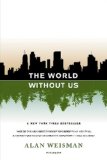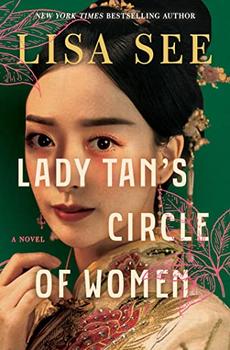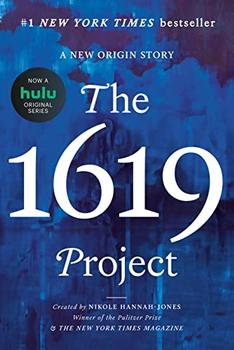Summary | Excerpt | Reviews | Beyond the Book | Readalikes | Genres & Themes | Author Bio

During his first 1,000-mile crossing of the gyre, Moore
calculated half a pound for every 100 square meters of debris on the surface,
and arrived at 3 million tons of plastic. His estimate, it turned out, was
corroborated by U.S. Navy calculations. It was the first of many staggering
figures he would encounter. And it only represented visible plastic: an
indeterminate amount of larger fragments get fouled by enough algae and
barnacles to sink. In 1998, Moore returned with a trawling device, such as Sir
Alistair Hardy had employed to sample krill, and found, incredibly, more plastic
by weight than plankton on the ocean's surface.
In fact, it wasn't even close: six times as much.
When he sampled near the mouths of Los Angeles creeks that
emptied into the Pacific, the numbers rose by a factor of 100, and kept rising
every year. By now he was comparing data with University of Plymouth marine
biologist Richard Thompson. Like Thompson, what especially shocked him were
plastic bags and the ubiquitous little raw plastic pellets. In India alone,
5,000 processing plants were producing plastic bags. Kenya was churning out
4,000 tons of bags a month, with no potential for recycling.
As for the little pellets known as nurdles, 5.5
quadrillion—about 250 billion pounds—were manufactured annually. Not only was
Moore finding them everywhere, but he was unmistakably seeing the plastic resin
bits trapped inside the transparent bodies of jellyfish and salps, the ocean's
most prolific and widely distributed filter-feeders. Like seabirds, they'd
mistaken brightly colored pellets for fish eggs, and tan ones for krill. And now
God-knows-how-many quadrillion little pieces more, coated in body-scrub
chemicals and perfectly bite-sized for the little creatures that bigger
creatures eat, were being flushed seaward.
What did this mean for the ocean, the ecosystem, the
future? All this plastic had appeared in barely more than 50 years. Would its
chemical constituents or additives—for instance, colorants such as metallic
copper—concentrate as they ascended the food chain, and alter evolution? Would
it last long enough to enter the fossil record? Would geologists millions of
years hence find Barbie doll parts embedded in conglomerates formed in seabed
depositions? Would they be intact enough to be pieced together like dinosaur
bones? Or would they decompose first, expelling hydrocarbons that would seep out
of a vast plastic Neptune's graveyard for eons to come, leaving fossilized
imprints of Barbie and Ken hardened in stone for eons beyond?
Moore and Thompson began consulting materials experts.
Tokyo University geochemist Hideshige Takada, who specialized in EDCs—endocrine-disrupting
chemicals, or "gender benders"—had been on a gruesome mission to personally
research exactly what evils were leaching from garbage dumps all around
Southeast Asia. Now he was examining plastic pulled from the Sea of Japan and
Tokyo Bay. He reported that in the sea, nurdles and other plastic fragments
acted both as magnets and as sponges for resilient poisons like DDT and PCBs.
The use of aggressively toxic polychlorinated
biphenyls—PCBs—to make plastics more pliable had been banned since 1970; among
other hazards, PCBs were known to promote hormonal havoc such as hermaphroditic
fish and polar bears. Like time-release capsules, pre-1970 plastic flotsam will
gradually leak PCBs into the ocean for centuries. But, as Takada also
discovered, free-floating toxins from all kinds of sources—copy paper,
automobile grease, coolant fluids, old fluorescent tubes, and infamous
discharges by General Electric and Monsanto plants directly into streams and
rivers—readily stick to the surfaces of free-floating plastic.
One study directly correlated ingested plastics with PCBs
in the fat tissue of puffins. The astonishing part was the amount. Takada and
his colleagues found that plastic pellets that the birds ate concentrate poisons
to levels as high as 1 million times their normal occurrence in seawater.
Copyright © 2007 by Alan Weisman. All rights reserved.






Your guide toexceptional books
BookBrowse seeks out and recommends the best in contemporary fiction and nonfiction—books that not only engage and entertain but also deepen our understanding of ourselves and the world around us.